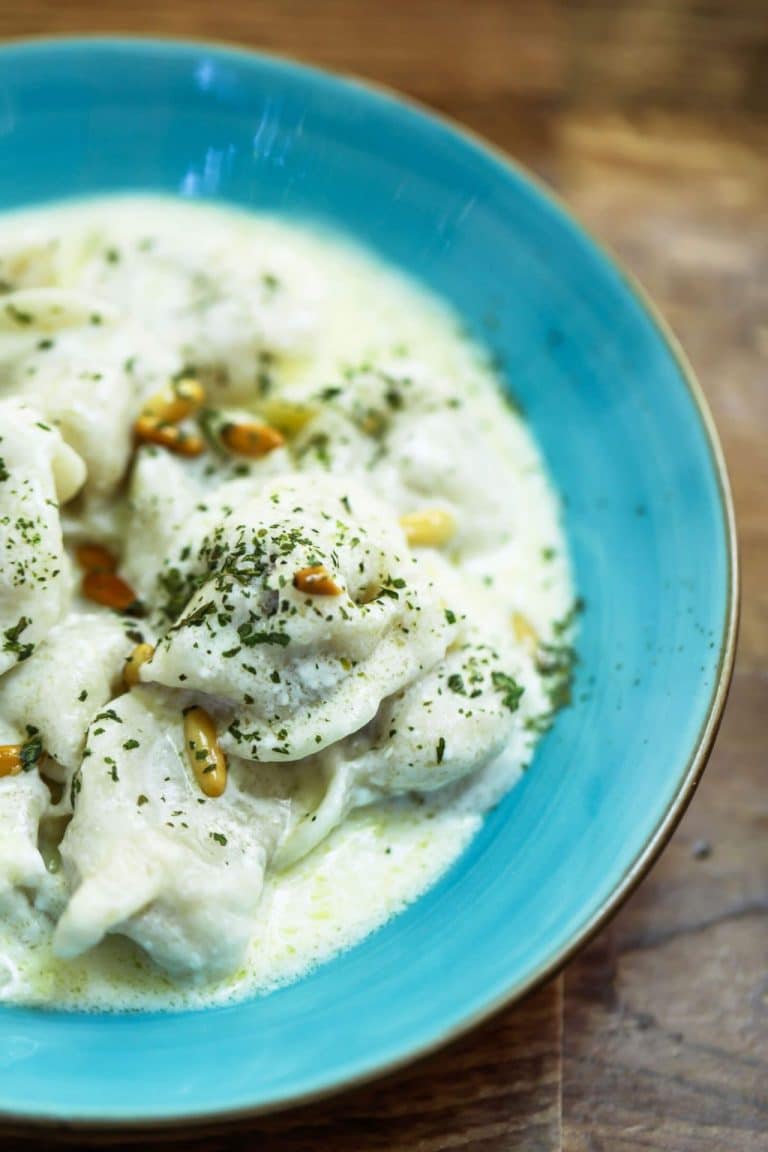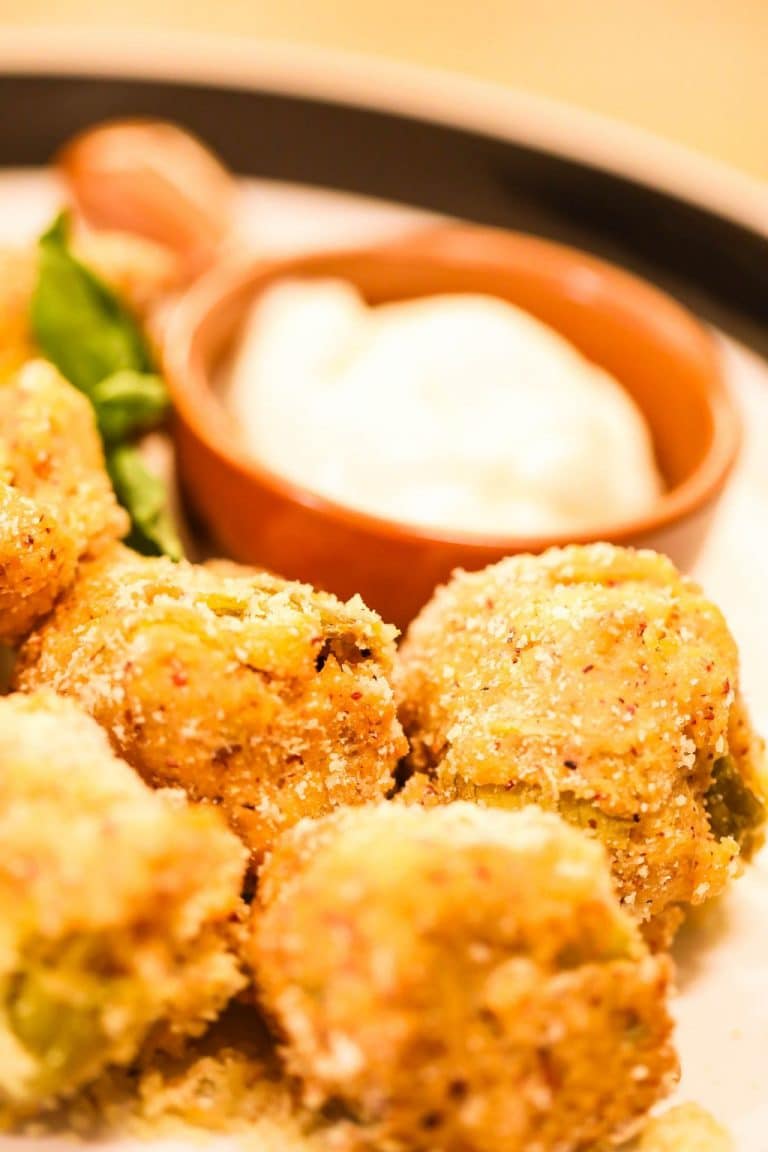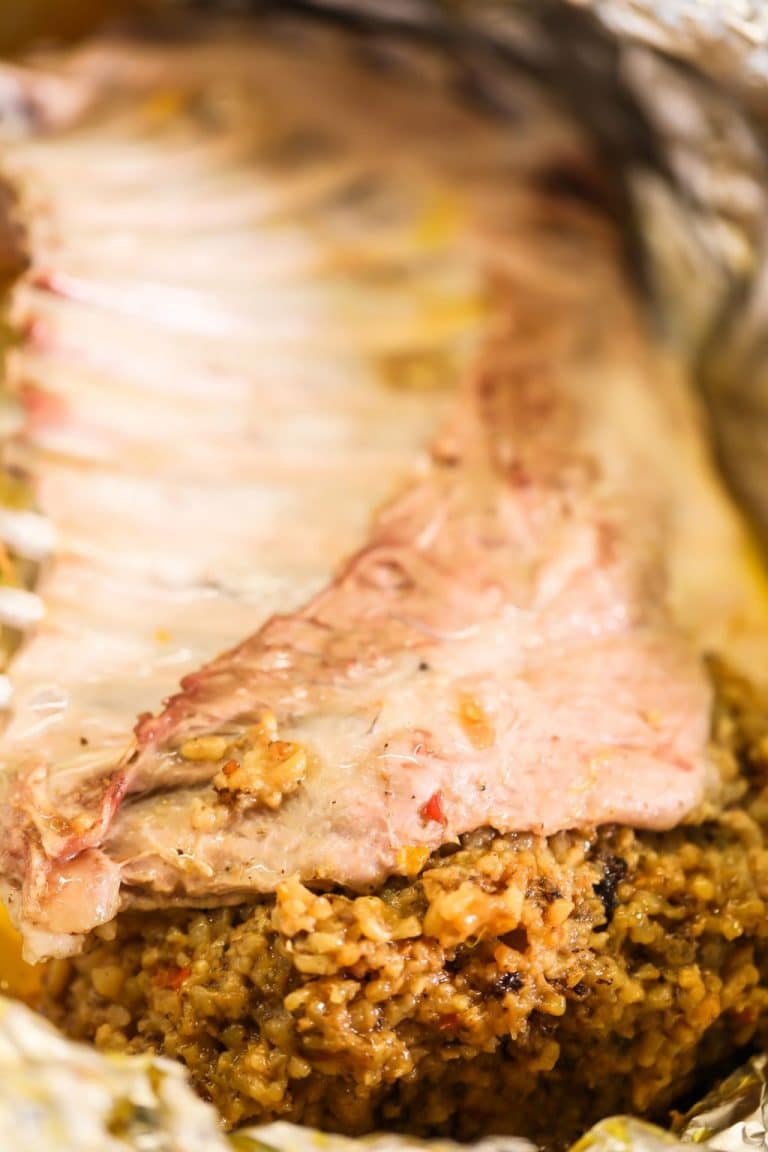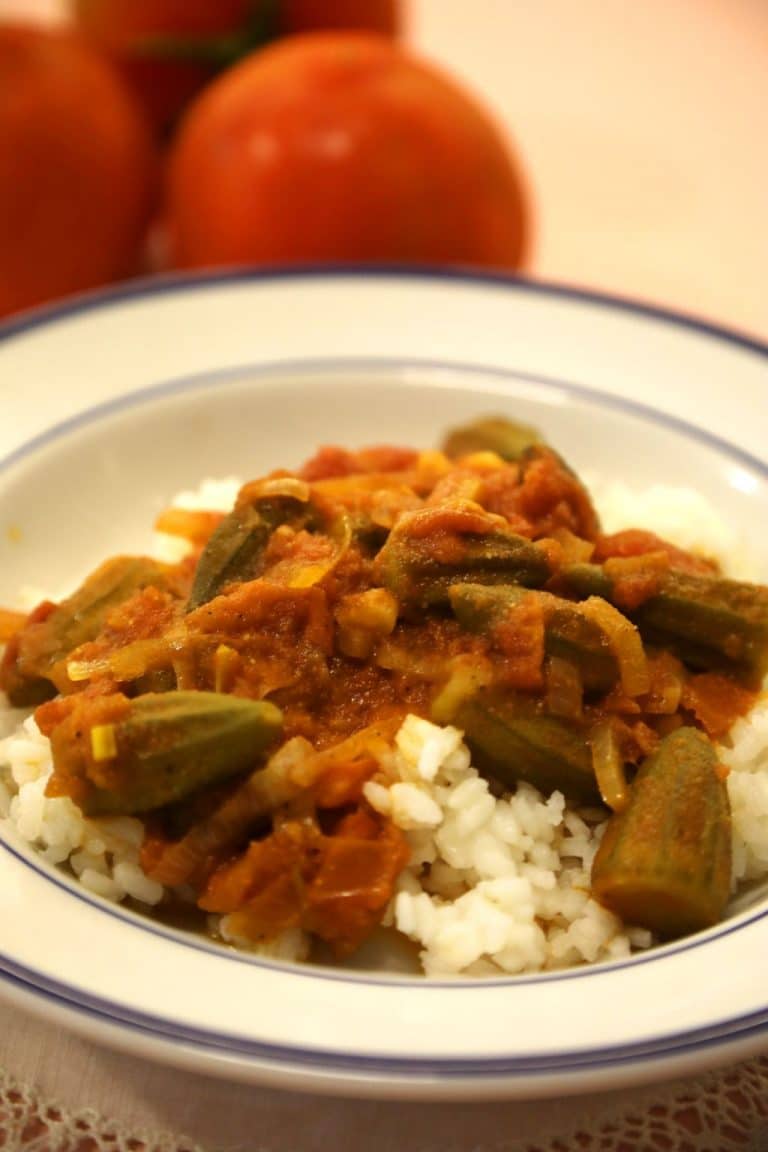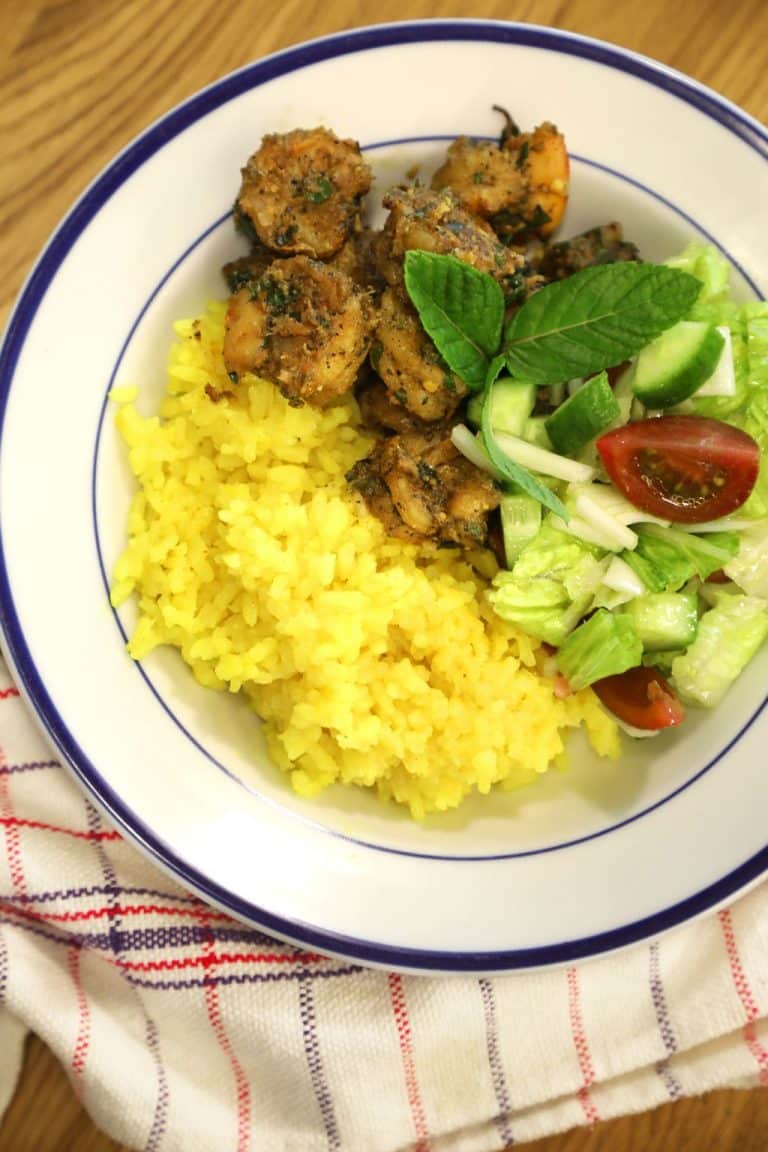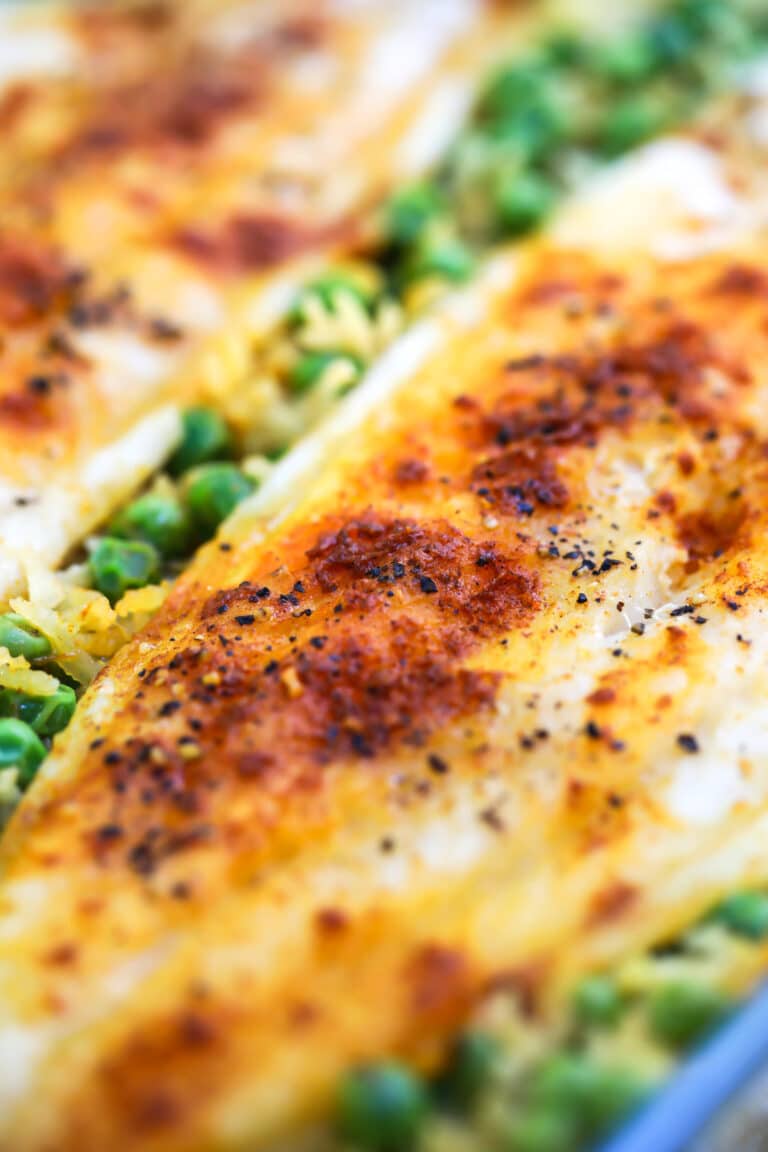Pizza Sauce (The Arabic Connection)
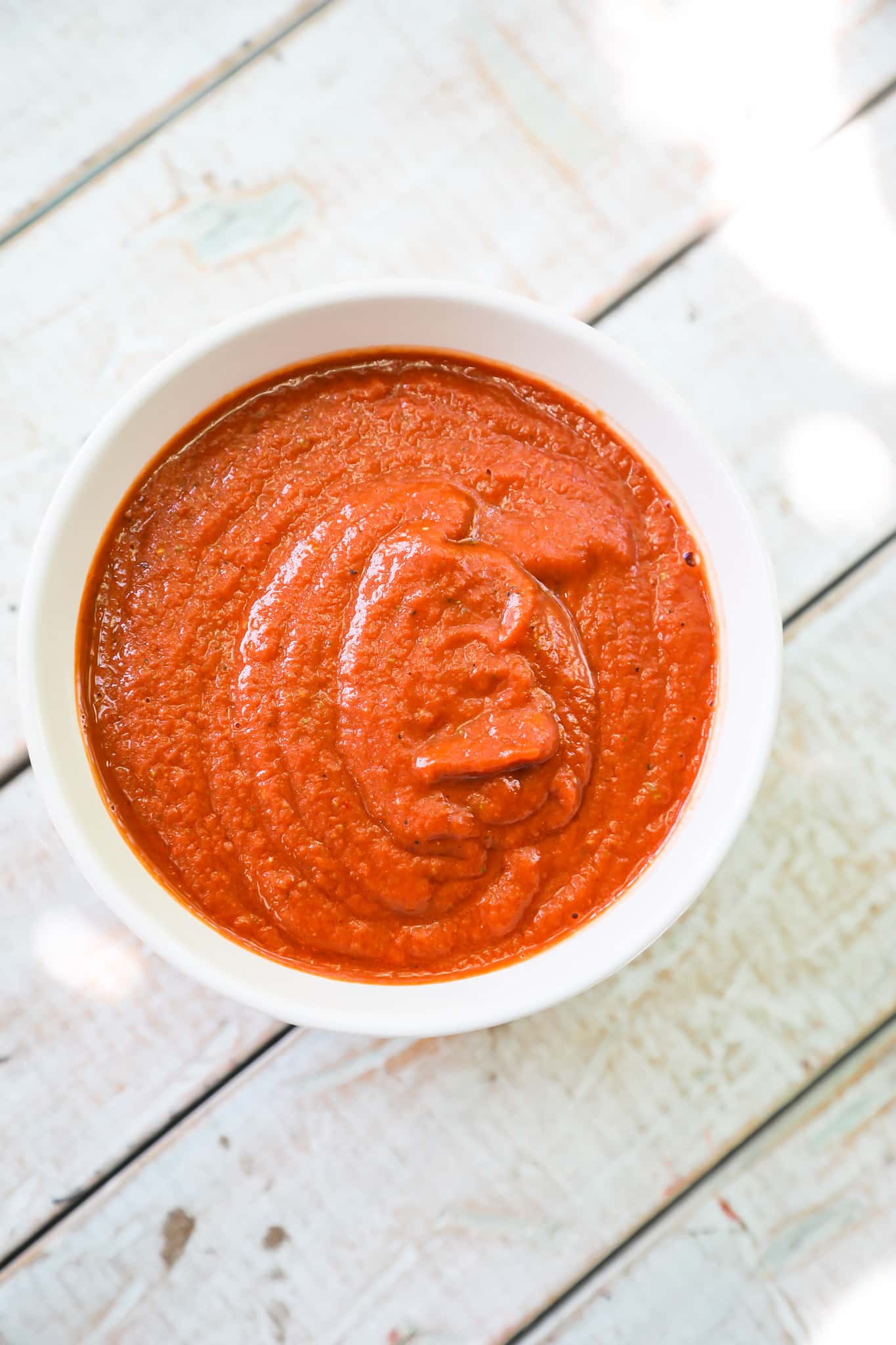
There is nothing like a good homemade pizza sauce recipe to enhance the flavors of your chosen toppings.
Pizza recipes are personal, whether we make them with crushed tomatoes, or more like a marinara sauce.
Is your secret ingredient red pepper flakes, extra virgin olive oil, onion powder, fresh basil or something else?
Throw peeled tomatoes in a food processor, add garlic, dried oregano, dried basil, salt and pepper.
And there you have it, a simple delicious pizza sauce for your pizza dough.
Don’t forget your secret ingredient to make it your own!
A Little General Tomato History
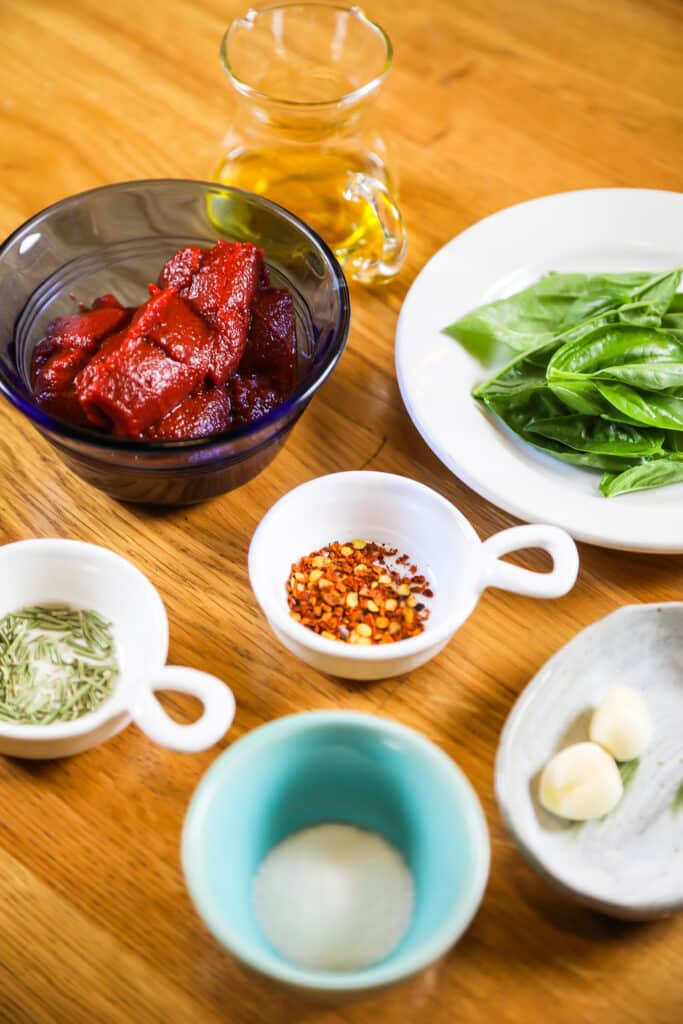
Tomatoes were first brought to Europe by Spanish Conquistadors in the middle of the 1500’s.
When tomatoes first arrived in Europe they were initially thought to be inedible, and believed to be poisonous.
Coming from South America the tomato had never been seen outside that continent.
The English word tomato is derived from the word tomatl, used in the Aztec language.
After 200 years of its discovery in Italy, the first recipe for italian tomato sauce with pasta was introduced.
A Roman chef who lived in the late 1700’s called Francesco Leonardi created this recipe.
The practice of tomato canning was first started by the peasants of Parma, who used to dry tomatoes in the sun, before turning them into sauce.
This tradition paved the way to a widespread network of manufacturing industries, first established in Naples.
The first pizza pie was believed to be baked by the baker Raffaele Esposito from Naples.
When Italian King Umberto I and Queen Margherita visited Naples in 1889, Raffaele was asked to make them a pizza.
“A world without tomatoes is like a string quartet without violins.”
He did so, topping the pizza with fresh tomatoes, mozzarella cheese, and basil, which is still known as the Margherita pizza today.
However, many tomato based italian pasta sauces that are known today didn’t become popular until the 19th century.
A whole 300 years after the first tomato was introduced to Europe.
The earliest known recipe for spaghetti in tomato sauce dates back to 1844.
Historians justify the late popularity of the tomato sauce to immigration and the industrial revolution.
In addition, what actually made the italian tomatoes more affordable and widely available, were the improvements in cultivation, processing and exporting.
History of The Tomato In the Middle East.
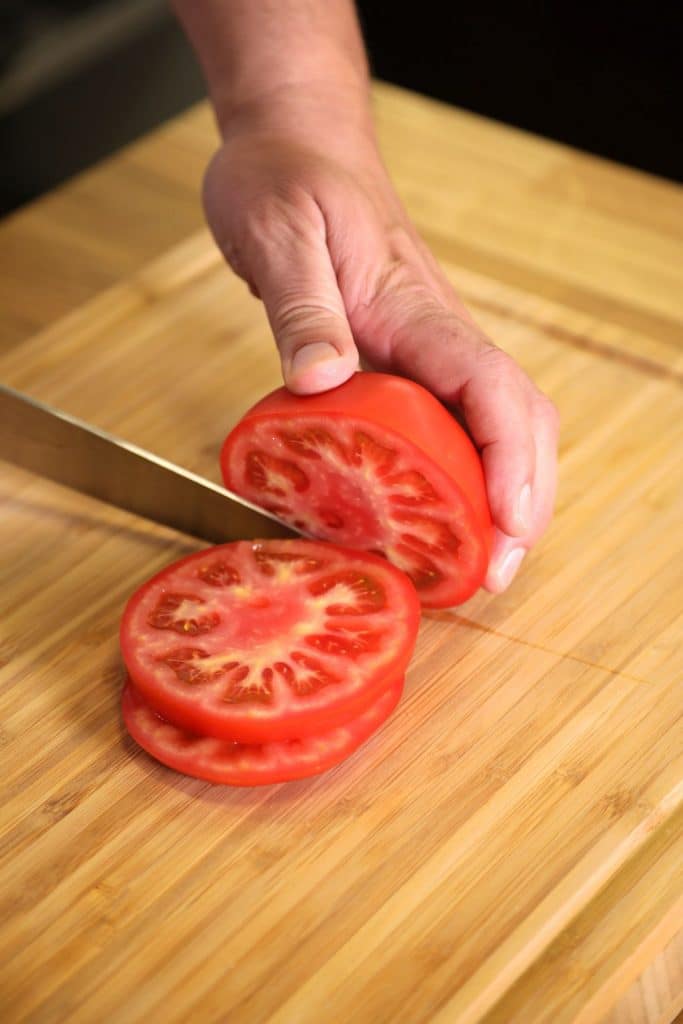
John Barker, a British consul in Aleppo around 1799 to 1825 introduced tomato cultivation to the Middle East.
The main reason why there was an increase in the use of the tomato in Ottoman cookbooks after 1844.
Today tomato is a widely used ingredient in Middle Eastern cooking.
With its inclusion in fresh salads, cooked stews, broths, or grilled with kebab.
You can find tomatoes in cold Middle Eastern salads such as fattoush and tabbouleh.
Tomatoes are included when cooking dolma, which is stuffed grape leaves, and in stuffed cabbage, or malfouf.
In addition, sliced tomatoes are usually served as a side dish with shanklish, which is made from fermented cheese.
Shanklish is very popular in Syria and Lebanon, and other countries of the Levant.
In cooked dishes, you can find tomatoes in kabsa, kebabs, or daud pasha, a stew made with onions, tomatoes, pine nuts and meatballs.
Finally, you can find tomatoes in pizza like pastries, known as sfiha, topped with ground lamb, tomatoes and parsley.
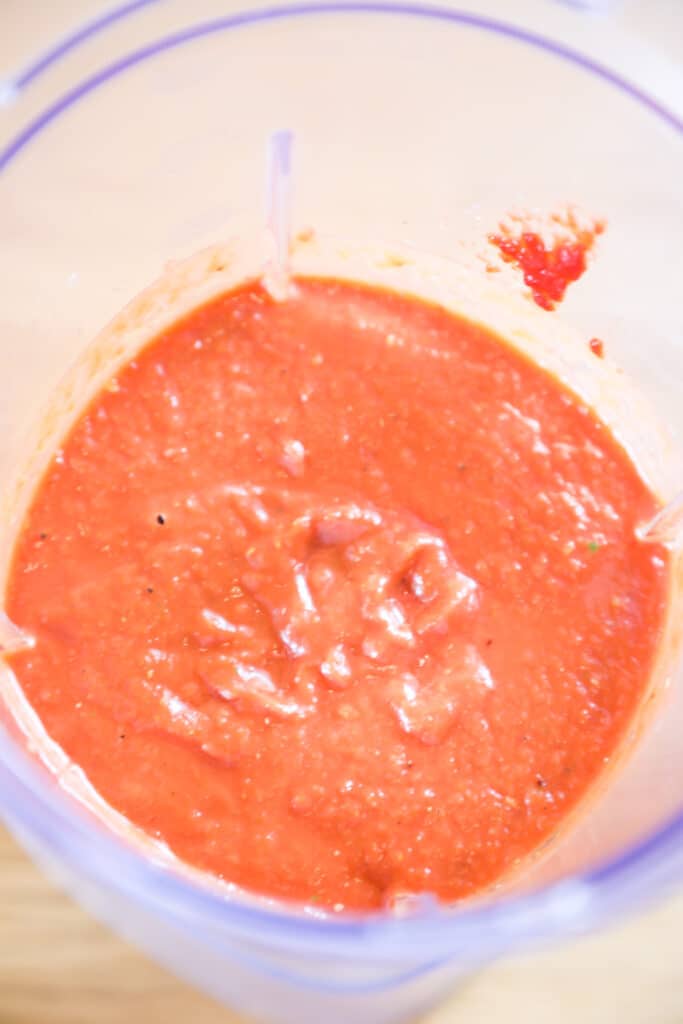
Arab History in Italy and Its Influence on The Food
Between 827 to 1061, Sicily was under Arab rule.
It was a period of enlightenment, with long lasting cultural, social and economic influences.
After the birth of Islam in the 7th century CE, the Arabic world soon rose to dominate in many fields, such as medicine, mathematics, farming and cartography.
Ziyadat Allah took control over Mazara del Vallo, and the push continued towards Palermo.
The Arabs exploited Sicily’s potential as a wheat producer, introducing a variety of crops, including citrus fruits.
Additionally, dried pasta was first produced by Sicilian Arabs.
Arab pirates known as Saracens had settled and lived for 400 years in Sicily in Southern Italy.
The influence by the Arabs on Italian food is clear.
The Arabs introduced durum wheat to Sicily in the 9th or 10th century.
“The trouble with eating Italian food is that five or six days later you’re hungry again.”
Because durum wheat is hard and high in gluten, it helped to store products like pasta and couscous for long periods of time.
This type of wheat also improved the quality of pasta dishes.
To the processing of nuts, and meat stuffed dishes, Italian food was enriched during the Arab influence.
The addition of these new varieties of foods also helped in the reduction of the starvation issues during the middle ages.
The food of Pugli, the southern region forming the heel of Italy’s boot, is highly influenced by the Muslim Arabs.
Italian pastries like sfogliatelle, is shell shaped pastry, filled with ricotta, pieces of candied orange peel, and sometimes a little bit of almond paste.
This combination of nuts and fruit with sugar was introduced to this part of Italy by Arab colonists in the 9th century..
In addition, Arab agriculturalists also introduced the orange tree to Europe, through Sicily.
It is also known that the best oranges come from Sicily!
Finally, Sicilian cuisine was strongly influenced by the Arabs, who added almonds, artichokes, cinnamon, oranges, pistachio and watermelon to the local dishes.
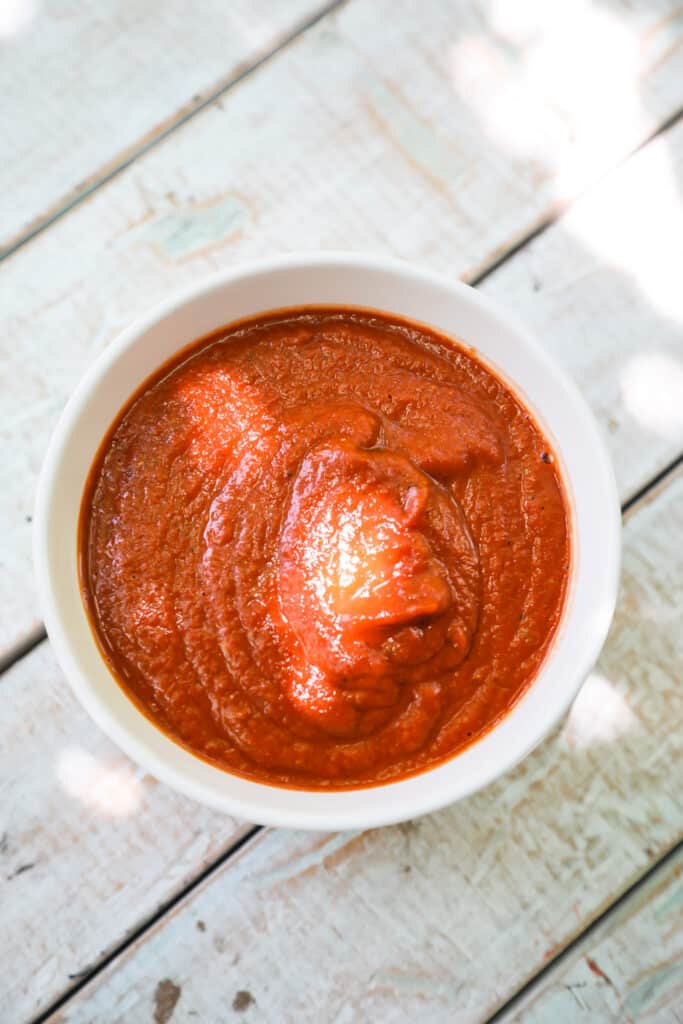
Fun facts about tomatoes
- Tomatoes are fruits that are easy to grow, a couple of tomato plants will produce great quantities of tomatoes.
- Tomatoes are very rich in lycopene which is important for the health of the prostate gland in men.
- There are over 10,000 varieties of tomato, they come in different colours including pink, purple, black, yellow and white.
- In Ohio, USA, they love tomatoes so much that they made tomato juice the official state drink.
- Tomato seeds have been grown in space.
In Spain, there is a tomato fight festival, called La Tomatina, where more than 40,000 people throw about 150,000 tomatoes at each other.
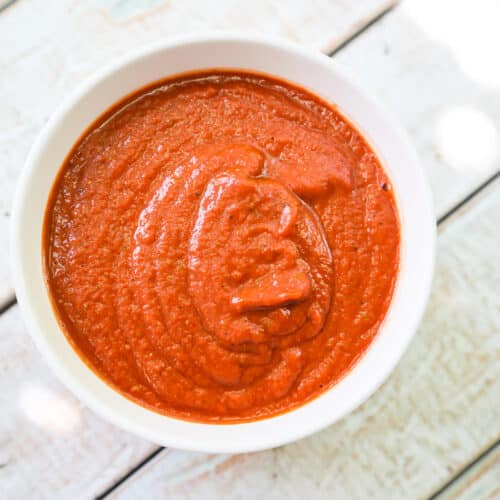
Pizza Sauce (The Arabic Connection)
Ingredients
- 14 oz Tomatoes canned, peeled
- 5 oz Tomato Paste
- 2 tbsp Olive Oil
- 2 Garlic Cloves
- 1½ tsp Sugar
- ¾ tsp Salt
- ¼ cup Basil fresh
- ½ tsp Rosemary dried
- ¼ tsp Black Pepper
- ¼ tsp Red Pepper Flakes
Instructions
- Add all the ingredients to a blender and blend until smooth.

